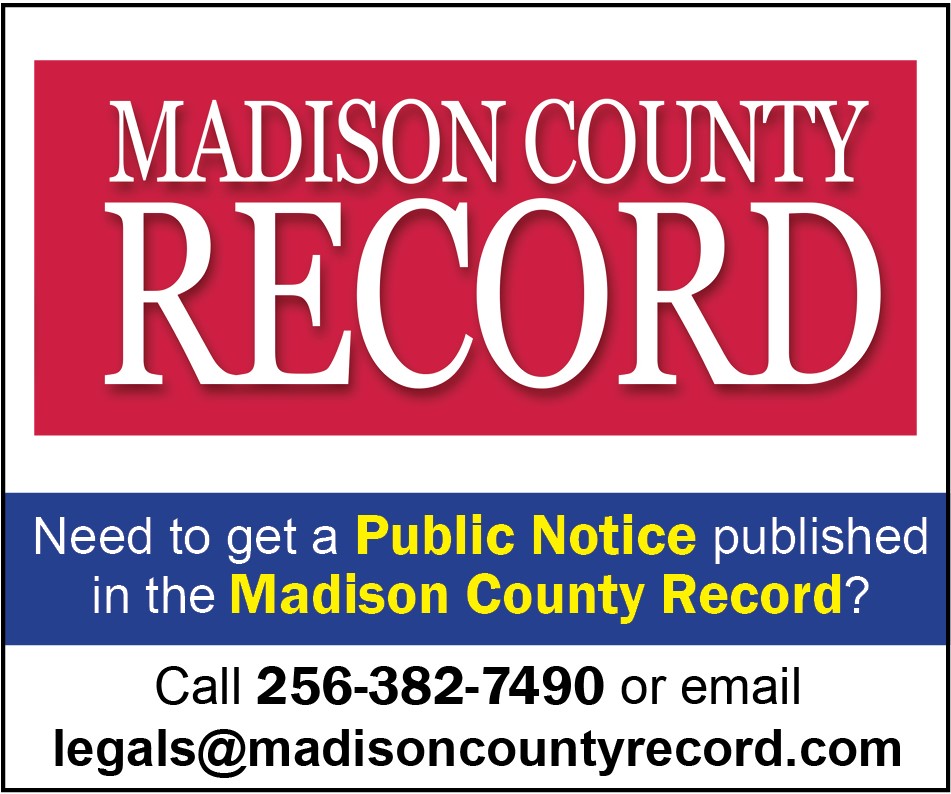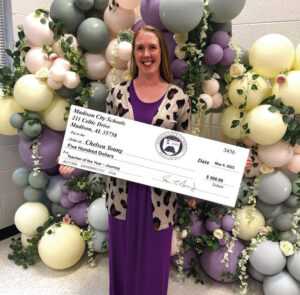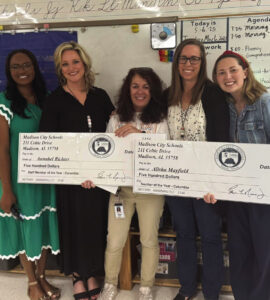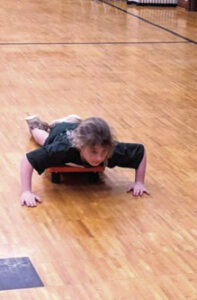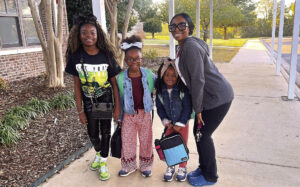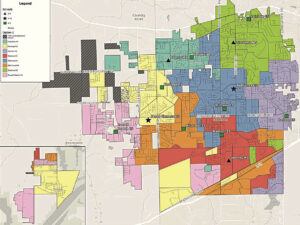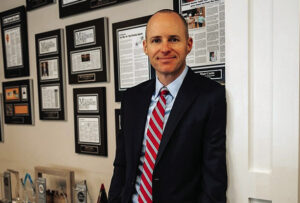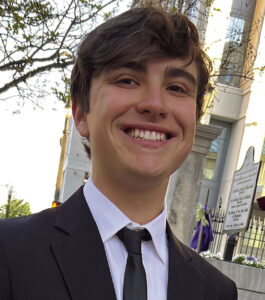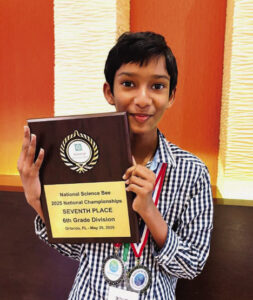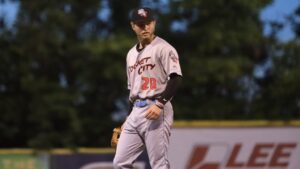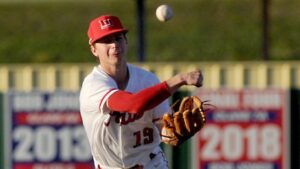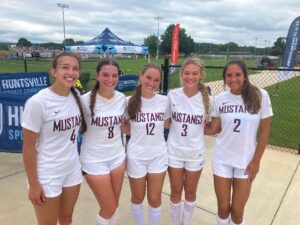Gifted Specialists fill broad needs of 20% of students
MADISON – “A high achieving child knows the answers. A gifted child asks more questions.” — Janice Szabos, “Challenge” magazine
That quote, maybe simplistic, does define the need that gifted specialists fill in Madison City Schools. During Gifted Education Month in January, the spotlight panned to 13 MCS specialists who challenge and mentor children in all elementary and middle schools.
The predominant difference in instruction shows that students ‘LEARN’ in a regular classroom while gifted students ‘APPLY’ knowledge from the facts.
“For example, students may learn about angle measurement in math class, and then apply that knowledge when coding a robot to turn 45 degrees,” Amber Merrill said.
In a regular classroom, a teacher groups standards by subject, such as math and science. “Our standards (for gifted) are grouped by competency, such as . . . creative thinking,” Merrill said.
“We use ‘Essential Understandings’ to create units. For example, students may learn about the moon landing in history. We would extend that learning to answer, ‘How could Artemis missions result in new findings?’” Merrill said.
All elementary and middle schools have at least one, full-time gifted teacher: Beth Bero, Horizon; Emily Boshers, Columbia; Misty Farmer, Columbia; Sharon Harris, Mill Creek; Ashley Herron, Mill Creek and Midtown; Stacye Lester, Heritage; Amber Merrill, Heritage; Jessica Schmauch, Horizon and Rainbow; Terry Schmidt, Liberty; Kerri Scroggins, Rainbow; Wendy Tibbs, Midtown; Rhonda Williams, Discovery; and Beth Woodard, Madison elementary.
MCS teachers are certified in grades K-12 and take graduate-level courses to satisfy state requirements, Bero said.
Alabama students can participate in gifted ‘pull-out programs’ in grades 3-5. “In grade 6, identified students may select ‘Innovations’ as an elective course,” Bero said. “After sixth grade, electives, honors and advanced-placement classes serve our gifted population.”
Approximately 20 percent of MCS students participate in the gifted program, Bero said.
“Teachers do not get to choose who enters the gifted program,” Misty Farmer said. “All second-grade students participate in the Second Grade Child Find process as outlined by Alabama State Department of Education. When a student is referred, many factors determine whether they qualify (for gifted), including, but not limited to, academic aptitude, work samples and classroom behaviors of creativity and leadership.”
Gifted teachers often ask area experts to visit and enhance students’ understanding. “We have speakers from the FBI when students are learning about Crime Scene Investigation,” Wendy Tibbs said. When students are involved with a stock market game simulation, a University of Alabama in Huntsville professor discusses research corporations before students invest in the stock market.
Before 2013, gifted education was unfunded. “The number of both service hours and gifted students or ‘caseload’ per teacher was recommended by the state, but no funding existed to provide those teaching units,” Tibbs said. “Consequently, each school system determined how much time gifted students were served and how many teachers were allocated,” Tibbs said.
Since then, Alabama Association for Gifted Children has been instrumental in getting funding for gifted students across the state, Tibbs said. The association implemented “Gifted Education Month” for gifted teachers to explain the need for gifted programming, its allocation and its benefits to the state.
For more information, visit your school’s website, contact the gifted specialist at your school and review National Association for Gifted Children’s website, nagc.org, Farmer said.


